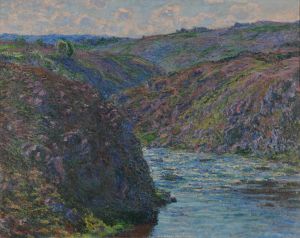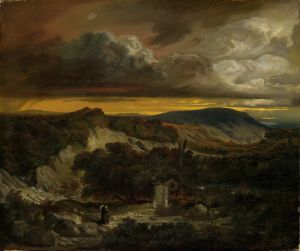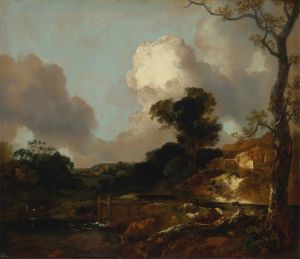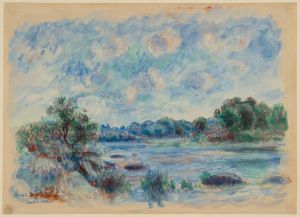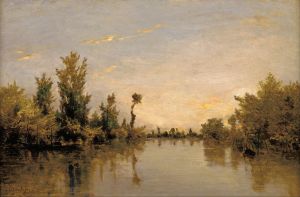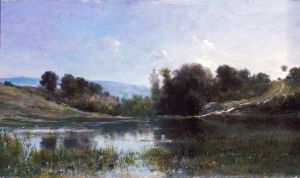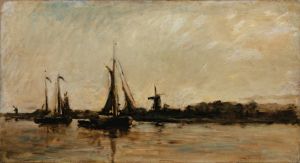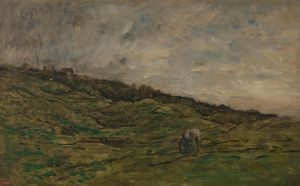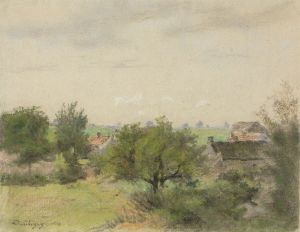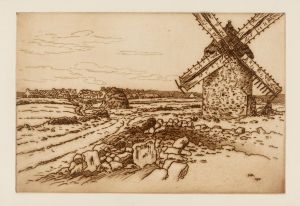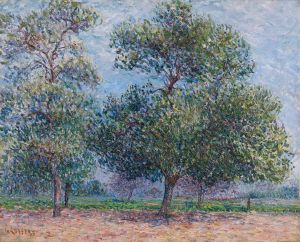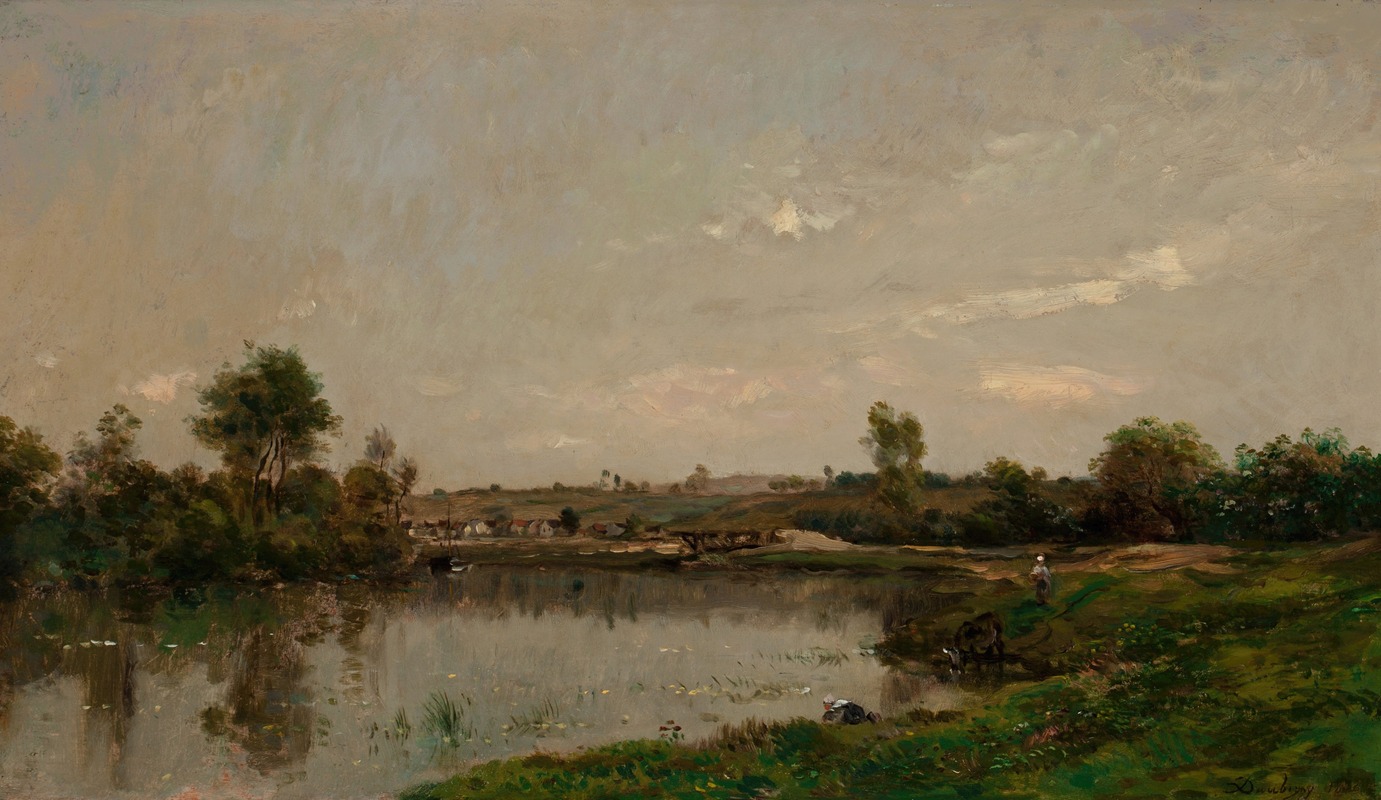
Les Sablières près de Valmondois
A hand-painted replica of Charles François Daubigny’s masterpiece Les Sablières près de Valmondois, meticulously crafted by professional artists to capture the true essence of the original. Each piece is created with museum-quality canvas and rare mineral pigments, carefully painted by experienced artists with delicate brushstrokes and rich, layered colors to perfectly recreate the texture of the original artwork. Unlike machine-printed reproductions, this hand-painted version brings the painting to life, infused with the artist’s emotions and skill in every stroke. Whether for personal collection or home decoration, it instantly elevates the artistic atmosphere of any space.
"Les Sablières près de Valmondois" is a painting by the French artist Charles François Daubigny, created in 1864. Daubigny was a prominent figure in the Barbizon School, a group of painters who were part of the larger Realist movement in France during the mid-19th century. This school of artists is known for its focus on naturalistic landscapes and scenes of rural life, often painted en plein air (outdoors) to capture the changing light and atmosphere of the countryside.
Charles François Daubigny was born on February 15, 1817, in Paris, France. He was initially trained by his father, Edmé François Daubigny, who was also a painter. Daubigny later studied under the landscape painter Paul Delaroche. His early works were influenced by the classical landscape tradition, but he gradually developed a more naturalistic style, inspired by the direct observation of nature.
"Les Sablières près de Valmondois" depicts a sand quarry near the village of Valmondois, located in the Val-d'Oise department in the Île-de-France region, north of Paris. The painting captures the serene and rustic beauty of the French countryside, with a particular focus on the interplay of light and shadow on the landscape. The composition is characterized by its loose brushwork and the subtle gradations of color, which convey a sense of immediacy and spontaneity.
Daubigny's technique in this painting reflects his innovative approach to landscape painting. He often used a boat, which he converted into a floating studio, to navigate rivers and paint directly from nature. This allowed him to capture the transient effects of light and weather with great fidelity. His work had a significant influence on the Impressionists, particularly Claude Monet and Vincent van Gogh, who admired his ability to depict the natural world with freshness and vitality.
The painting is notable for its atmospheric quality and the way it conveys the quiet, unassuming beauty of the rural landscape. The sand quarry, with its earthy tones and textured surfaces, contrasts with the lush greenery and the expansive sky above. This juxtaposition creates a harmonious balance within the composition, drawing the viewer's eye across the canvas and inviting them to appreciate the simple yet profound beauty of the scene.
"Les Sablières près de Valmondois" is housed in the Musée d'Orsay in Paris, which holds an extensive collection of 19th-century art, including many works by Daubigny and his contemporaries. The museum's collection provides valuable insight into the development of landscape painting during this period and highlights the contributions of artists like Daubigny to the evolution of modern art.
In summary, "Les Sablières près de Valmondois" by Charles François Daubigny is a quintessential example of the artist's ability to capture the essence of the French countryside through his innovative and naturalistic approach to landscape painting. The work remains an important piece within the context of 19th-century art and continues to be appreciated for its artistic and historical significance.





